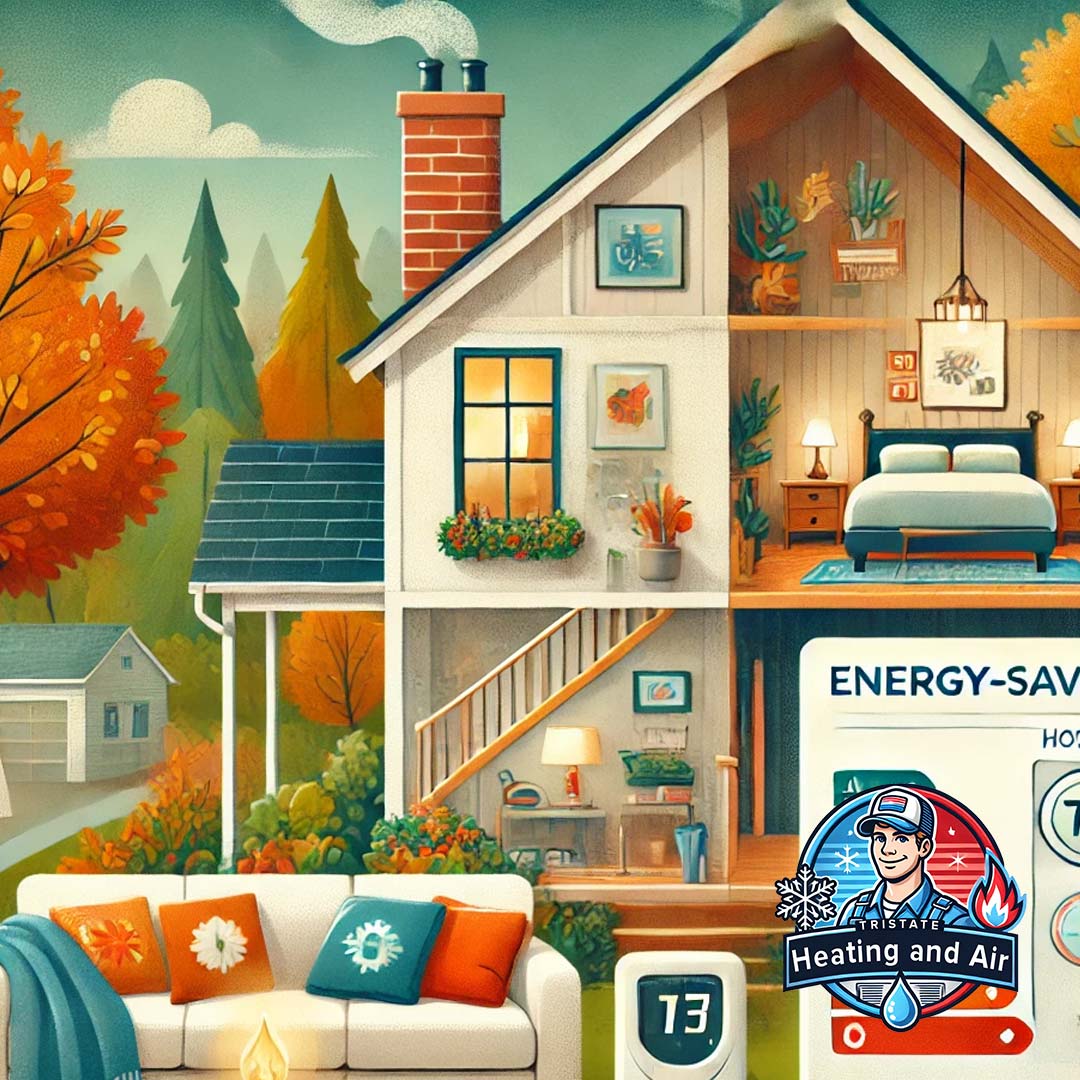Published: Aug 19, 2024

As the heat of summer gives way to the cooler temperatures of fall, it's the perfect time to reassess your energy usage and make adjustments that can save you money. Here are some practical energy-saving tips to help you transition smoothly from summer to fall:
Adjust Your Thermostat Settings As the weather cools down, you can reduce your cooling costs by raising your thermostat a few degrees. Consider investing in a programmable thermostat to automatically adjust the temperature when you're not home.
Seal and Insulate Your Home Check your home for drafts and seal any gaps around windows and doors. Proper insulation will help maintain a comfortable indoor temperature, reducing the need for excessive heating.
Take Advantage of Natural Light With shorter days, it's important to make the most of natural light. Open curtains and blinds during the day to let sunlight warm your home, reducing the need for artificial heating.
Service Your HVAC System Fall is the ideal time to schedule a maintenance check for your HVAC system. A well-maintained system operates more efficiently, saving energy and extending its lifespan.
Switch to Energy-Efficient Lighting As you begin to rely more on indoor lighting, consider replacing old bulbs with energy-efficient LED lights. LEDs use less energy and last longer, making them a cost-effective choice.
Use Ceiling Fans Wisely Ceiling fans can help circulate warm air during the fall. Set your fans to run clockwise at a low speed to push warm air down and keep your home comfortable.
Unplug Unused Electronics Many electronics draw power even when not in use. Unplugging chargers, appliances, and other devices when they're not needed can help reduce your energy consumption.
By implementing these energy-saving tips, you can make your home more comfortable and efficient as you transition from summer to fall. Not only will you save on your energy bills, but you'll also reduce your environmental footprint.

Our expert technicians are ready to assist you 24/7!
Contact Us Today!Read our latest articles for helpful information about heating, cooling, and air quality.
Investing in an energy-efficient heating system for your home can lead to significant cost savings on your utility bills...
Read MoreImproving indoor air quality is essential for maintaining a healthy home environment. By following these 10 tips, you c...
Read MoreMaking eco-friendly choices for your HVAC system is not only beneficial for the environment but can also lead to cost sa...
Read MoreSmart thermostats provide energy savings, increased comfort, remote access, smart integrations, and environmental benefi...
Read More